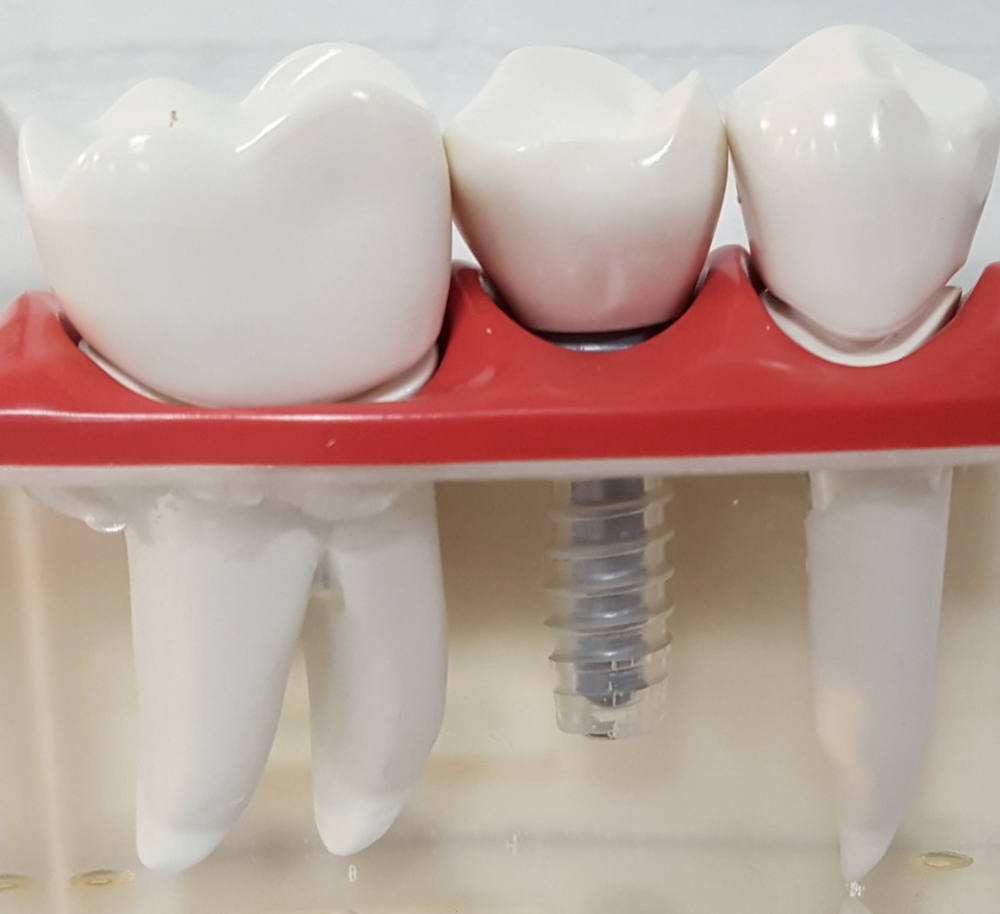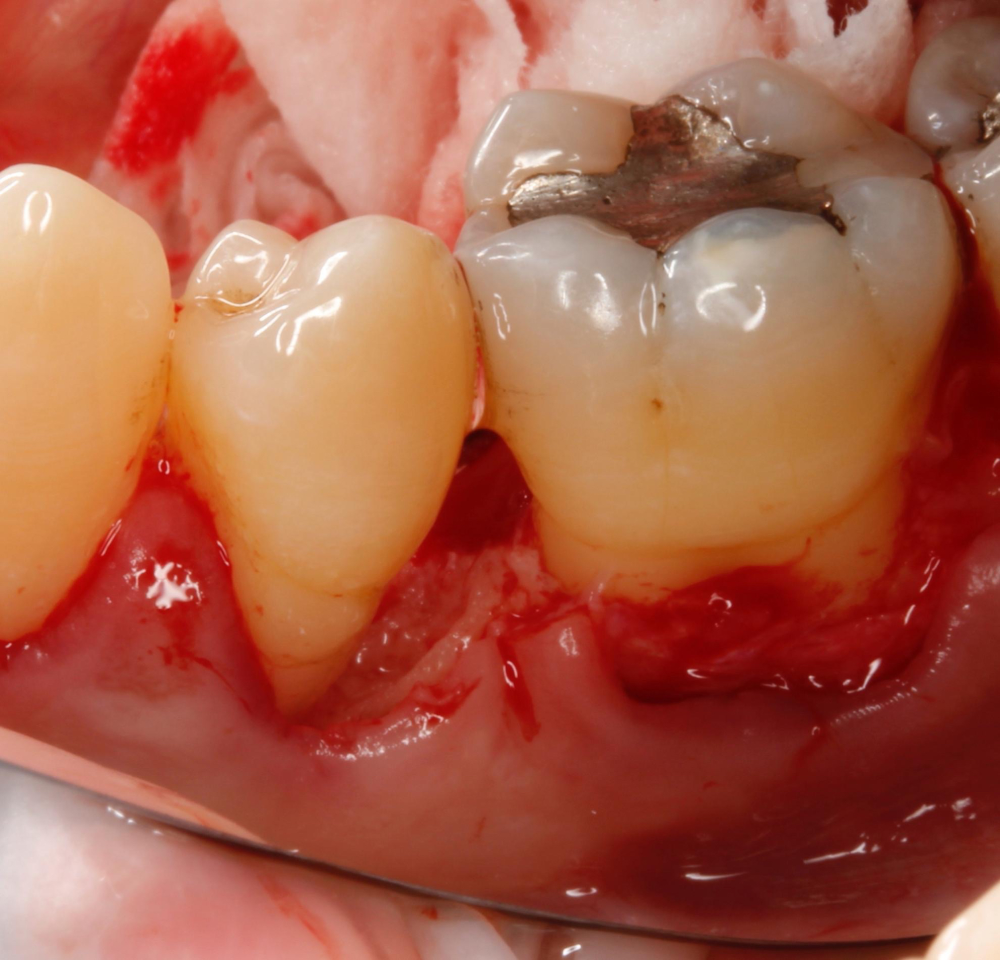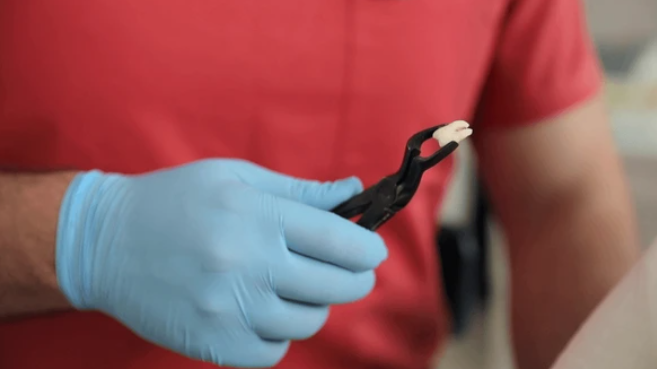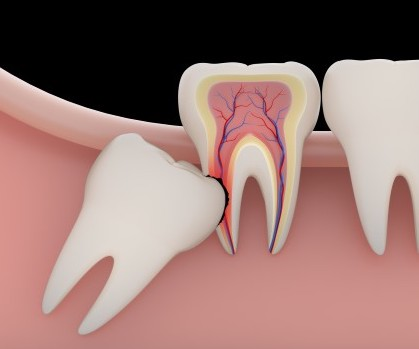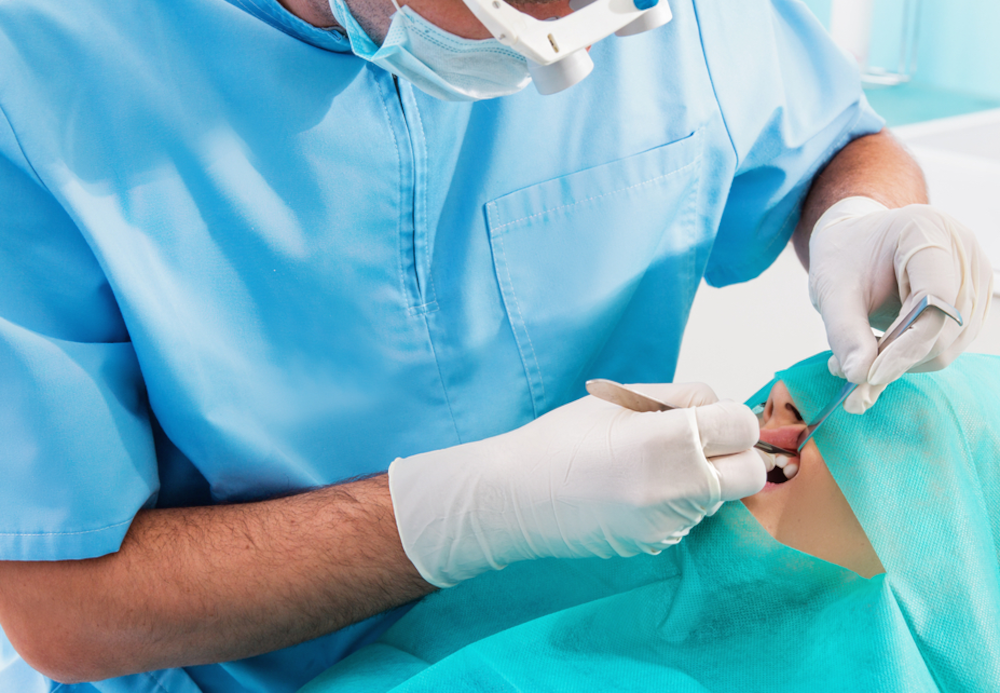
Surgical dental treatments involve procedures that require incisions in the oral tissues to diagnose, treat, or prevent dental problems. These treatments are typically performed by oral surgeons, periodontists, or general dentists with surgical training. Here are some common types of surgical dental treatments:
- 1. Tooth Extractions
- Simple Extractions: Removal of teeth that are visible in the mouth and can be extracted easily.
- Surgical Extractions: More complex extractions involving teeth that are impacted or have not fully erupted, often requiring incision of the gum tissue.
- 2. Dental Implants
- A surgical procedure to replace missing teeth, dental implants involve placing a titanium post into the jawbone, which serves as a root for a replacement tooth (crown).
- 3. Wisdom Teeth Removal
- This procedure involves removing the third molars (wisdom teeth), which can become impacted and cause pain or infection. Impacted wisdom teeth can cause many problems for the adjacent teeth, and may need to be surgically excised, especially if symptomatic.
- 4. Bone Grafting
- This procedure is used to restore bone loss in the jaw, often necessary before placing dental implants. Bone grafting can use natural bone, synthetic materials, or a combination of both.
- 5. Gum Surgery (Periodontal Surgery)
- Procedures aimed at treating gum disease, including:
- Flap Surgery: Reflecting the gum tissue to allow access to clean tartar from the tooth roots, and then suturing them back into place.
- Guided Tooth Regeneration: Procedure to help grow back the tooth attachment and supporting bone.
- Gum Grafting: Replacing lost gum tissue with tissue from another part of the mouth to cover exposed roots and improve gum health.
- Procedures aimed at treating gum disease, including:
- 6. Root Canal Surgery (Apicoectomy)
- A surgical procedure performed when a standard root canal treatment fails. It involves removing the tip of the tooth root and any infected tissue, followed by sealing the root.
- 7. Cyst and Tumor Removal
-
- Surgical removal of cysts, tumors, or other growths in the oral cavity or jaw to prevent complications and ensure oral health.
- 8. Orthognathic Surgery
- A surgical procedure to correct skeletal and dental irregularities, including misaligned jaws. This surgery can improve bite function and facial aesthetics.
- 9. Frenectomy
- A minor surgical procedure to remove or modify the frenulum (the tissue that connects the tongue to the floor of the mouth or the lip to the gums) to improve mobility or address speech issues.
Surgical dental treatments play a crucial role in managing complex dental issues, restoring oral health, and improving function and aesthetics. While some procedures may involve recovery time, they can lead to significant long-term benefits. It is essential for patients to discuss their options, risks, and post-operative care with their dental professional to ensure the best outcomes.
Our Services
The Dental Chapter – Where Every Smile Begins Its Story

